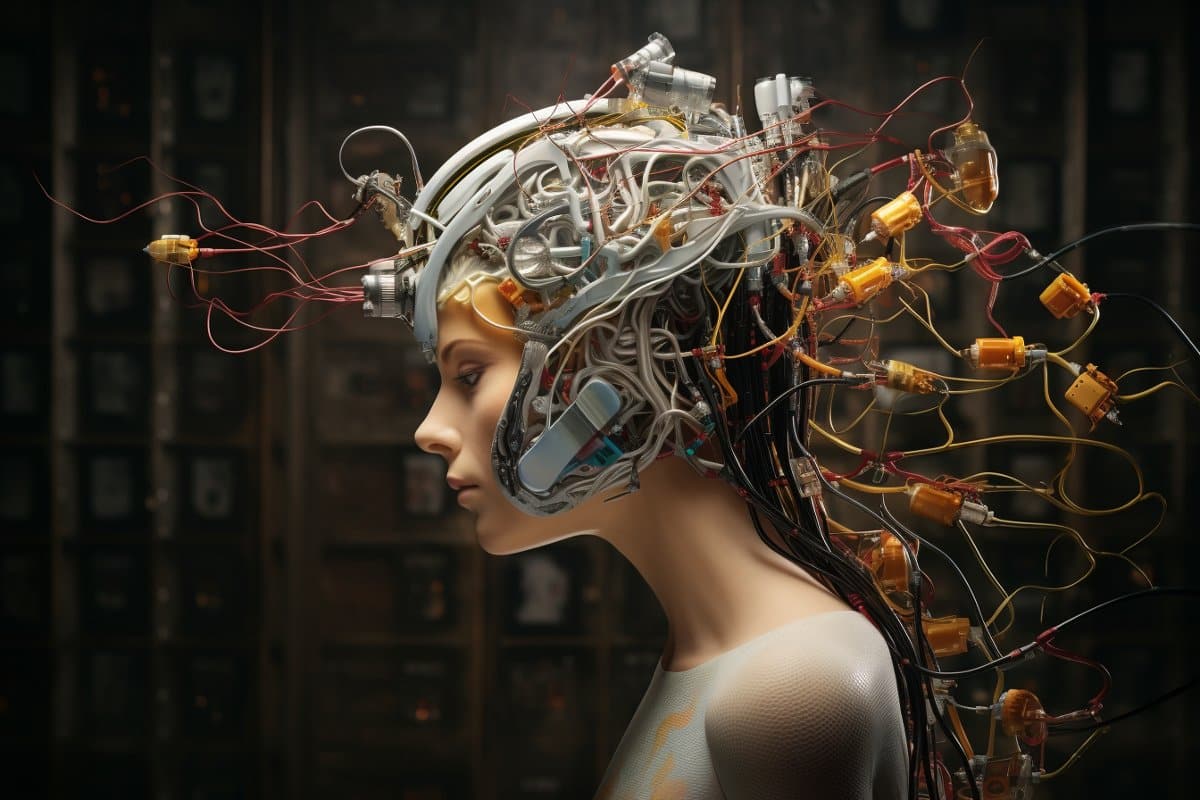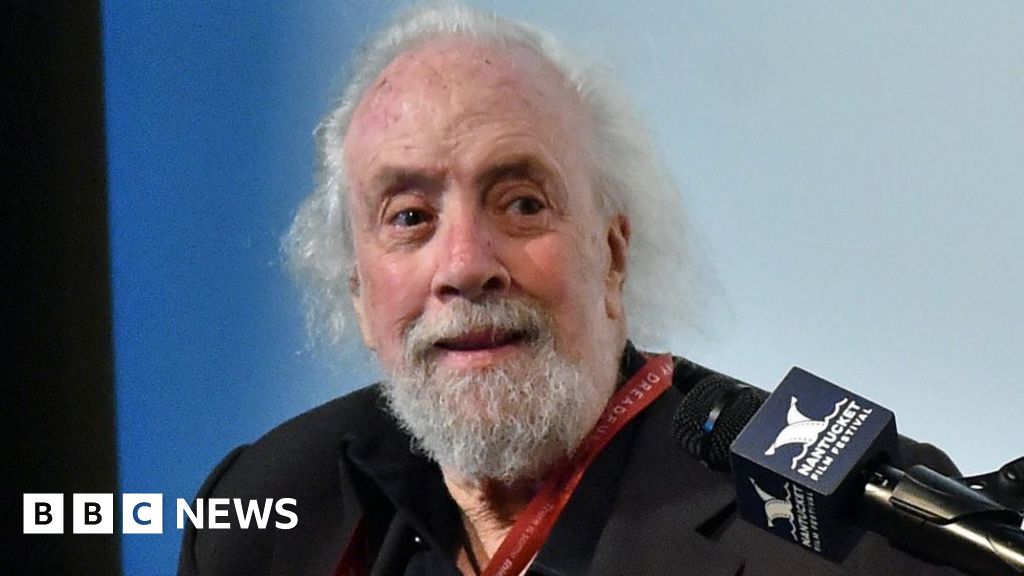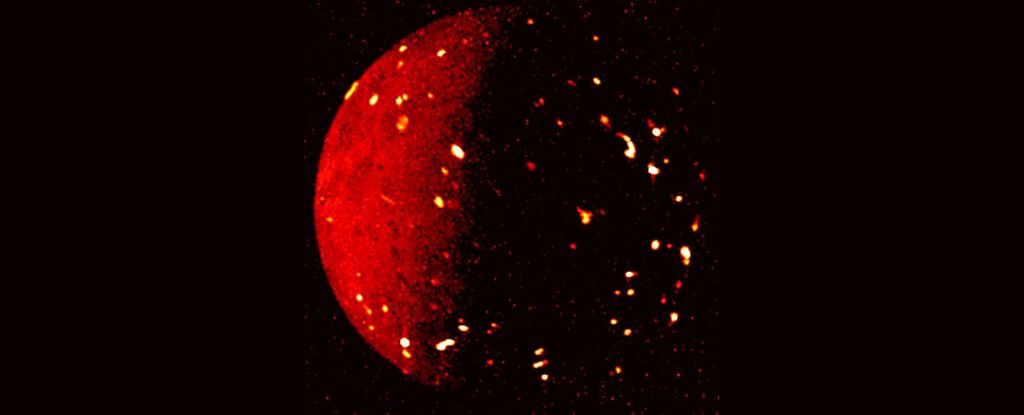Summary: Researchers made a landmark advancement in neural prosthetics, demonstrating the ability to recall specific memories using a newly developed memory decoding model (MDM). This breakthrough builds on previous research, utilizing surgically implanted electrodes in the hippocampus to decode and stimulate neural activity for targeted memory recall.
The study, involving 14 adults with epilepsy, showed that MDM stimulation significantly improved memory performance, particularly in those with impaired memory, offering hope for treating conditions like Alzheimer’s disease, stroke, or head injury. This research signifies a major step toward creating interventions that can restore lost memory functions, potentially aiding individuals in living more independently.
Key Facts:
- The neural prosthetic device uses a memory decoding model to enhance specific memory recall, demonstrating success in human participants.
- Significant improvements in memory performance were observed, especially in participants with impaired memory, through targeted electrical stimulation in the hippocampus.
- The research, funded by DARPA, opens new avenues for treating memory loss associated with Alzheimer’s disease, stroke, and head injuries, aiming for interventions that support independent living.
Source: Wake Forest University
A team of scientists from Wake Forest University School of Medicine and the University of Southern California (USC) have demonstrated the first successful use of a neural prosthetic device to recall specific memories.
The findings appear online in Frontiers in Computational Neuroscience.
This groundbreaking research was derived from the Wake Forest and USC team’s 2018 study led by Robert Hampson, Ph.D., professor of regenerative medicine, translational neuroscience and neurology at Wake Forest University School of Medicine, that showed the successful implementation of a prosthetic system that uses a person’s own memory patterns to facilitate the brain’s ability to encode and recall memory.
In the previous study, the team’s electronic prosthetic system was based on a multi-input multi-output (MIMO) nonlinear mathematical model, and the researchers influenced the firing patterns of multiple neurons in the hippocampus, a part of the brain involved in making new memories.
In this study, researchers built a new model of processes that assists the hippocampus in helping people remember specific information. When the brain tries to store or recall information such as, “I turned off the stove” or “Where did I put my car keys?” groups of cells work together in neural ensembles that activate so that the information is stored or recalled.
Using recordings of the activity of these brain cells, the researchers created a memory decoding model (MDM) which let them decode what neural activity is used to store different pieces of specific information.
The neural activity decoded by the MDM was then used to create a pattern, or code, which was used to apply neurostimulation to the hippocampus when the brain was trying to store that information.
“Here, we not only highlight an innovative technique for neurostimulation to enhance memory, but we also demonstrate that stimulating memory isn’t just limited to a general approach but can also be applied to specific information that is critical to a person,” said Brent Roeder, Ph.D., a research fellow in the department of translational neuroscience at Wake Forest University School of Medicine and the study’s corresponding author.
The team enrolled 14 adults with epilepsy who were participating in a diagnostic brain-mapping procedure that used surgically implanted electrodes placed in various parts of the brain to pinpoint the origin of their seizures.
Participants underwent all surgical procedures, post-operative monitoring and neurocognitive testing at one of the three sites participating in this study including Atrium Health Wake Forest Baptist Medical Center, Keck Hospital of USC in Los Angeles and Rancho Los Amigo National Rehabilitation Center in Downey, California.
The team delivered MDM electrical stimulation during visual recognition memory tasks to see if the stimulation could help people remember images better. They found that when they used this electrical stimulation, there were significant changes in how well people remembered things. In about 22% of cases, there was a noticeable difference in performance.
When they looked specifically at participants with impaired memory function, who were given the stimulation on both sides of their brain, almost 40% of them showed significant changes in memory performance.
“Our goal is to create an intervention that can restore memory function that’s lost because of Alzheimer’s disease, stroke or head injury,” Roeder said. “We found the most pronounced change occurred in people who had impaired memory.”
Roeder said he hopes the technology can be refined to help people live independently by helping them recall critical information such as whether medication has been taken or whether a door is locked.
“While much more research is needed, we know that MDM-based stimulation has the potential to be used to significantly modify memory,” Roeder said.
This research is built on more than 20 years of preclinical research on memory codes led by Sam Deadwyler, Ph.D., emeritus professor of physiology and pharmacology at Wake Forest University School of Medicine, along with Hampson (now a member of the Wake Forest Institute of Regenerative Medicine), and the USC team led by biomedical engineers Theodore Berger, Ph.D., and Dong Song, Ph.D.
The preclinical work applied the same type of stimulation to restore and facilitate memory in animal models using the MIMO system, which was developed at USC.
Funding: The research was funded by the U.S. Defense Advanced Research Projects Agency (DARPA).
About this neurotech research news
Author: Myra Wright
Source: Wake Forest University
Contact: Myra Wright – Wake Forest University
Image: The image is credited to Neuroscience News
Original Research: Open access.
“Developing a hippocampal neural prosthetic to facilitate human memory encoding and recall of stimulus features and categories” by Robert Hampson et al. Frontiers in Computational Neuroscience
Abstract
Developing a hippocampal neural prosthetic to facilitate human memory encoding and recall of stimulus features and categories
Objective: Here, we demonstrate the first successful use of static neural stimulation patterns for specific information content. These static patterns were derived by a model that was applied to a subject’s own hippocampal spatiotemporal neural codes for memory.
Approach: We constructed a new model of processes by which the hippocampus encodes specific memory items via spatiotemporal firing of neural ensembles that underlie the successful encoding of targeted content into short-term memory. A memory decoding model (MDM) of hippocampal CA3 and CA1 neural firing was computed which derives a stimulation pattern for CA1 and CA3 neurons to be applied during the encoding (sample) phase of a delayed match-to-sample (DMS) human short-term memory task.
Main results: MDM electrical stimulation delivered to the CA1 and CA3 locations in the hippocampus during the sample phase of DMS trials facilitated memory of images from the DMS task during a delayed recognition (DR) task that also included control images that were not from the DMS task. Across all subjects, the stimulated trials exhibited significant changes in performance in 22.4% of patient and category combinations. Changes in performance were a combination of both increased memory performance and decreased memory performance, with increases in performance occurring at almost 2 to 1 relative to decreases in performance.
Across patients with impaired memory that received bilateral stimulation, significant changes in over 37.9% of patient and category combinations was seen with the changes in memory performance show a ratio of increased to decreased performance of over 4 to 1. Modification of memory performance was dependent on whether memory function was intact or impaired, and if stimulation was applied bilaterally or unilaterally, with nearly all increase in performance seen in subjects with impaired memory receiving bilateral stimulation.
Significance: These results demonstrate that memory encoding in patients with impaired memory function can be facilitated for specific memory content, which offers a stimulation method for a future implantable neural prosthetic to improve human memory.

Dr. Debi Johnson is a medical expert and health journalist dedicated to promoting well-being. With a background in medicine, she offers evidence-based insights into health trends and wellness practices. Beyond her reporting, Dr. Debi enjoys hiking, yoga, and empowering others to lead healthier lives.







